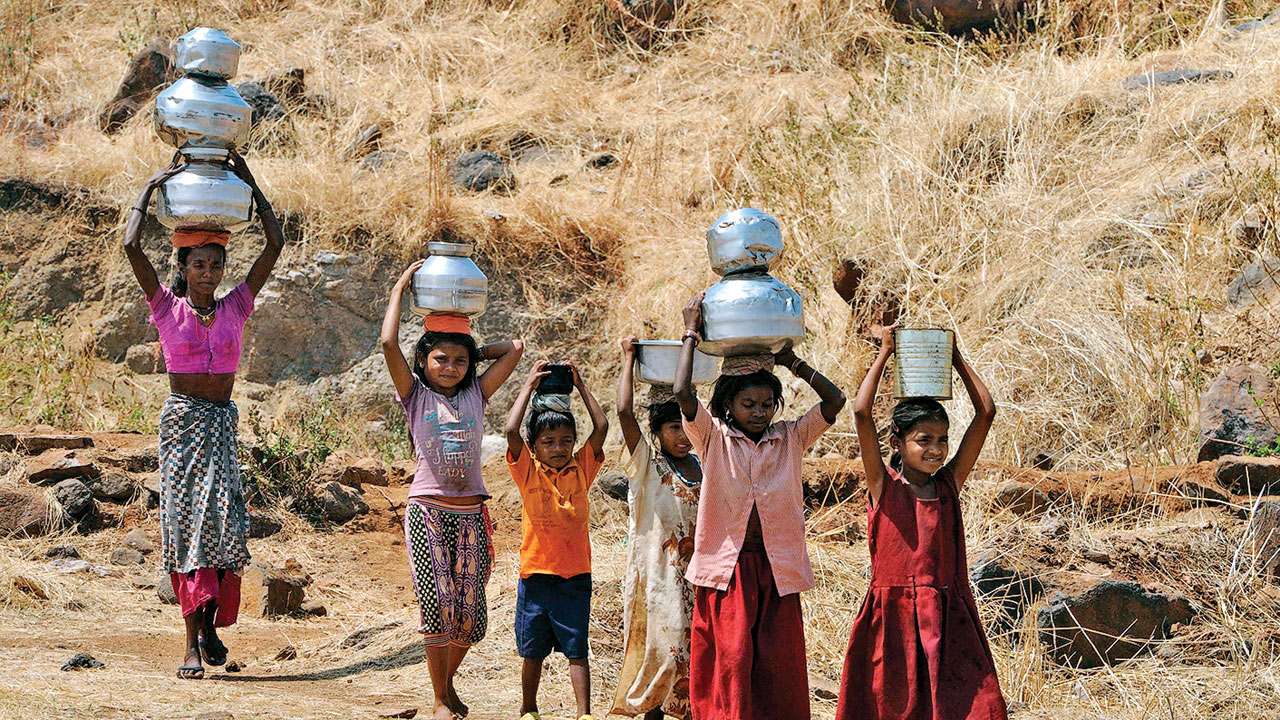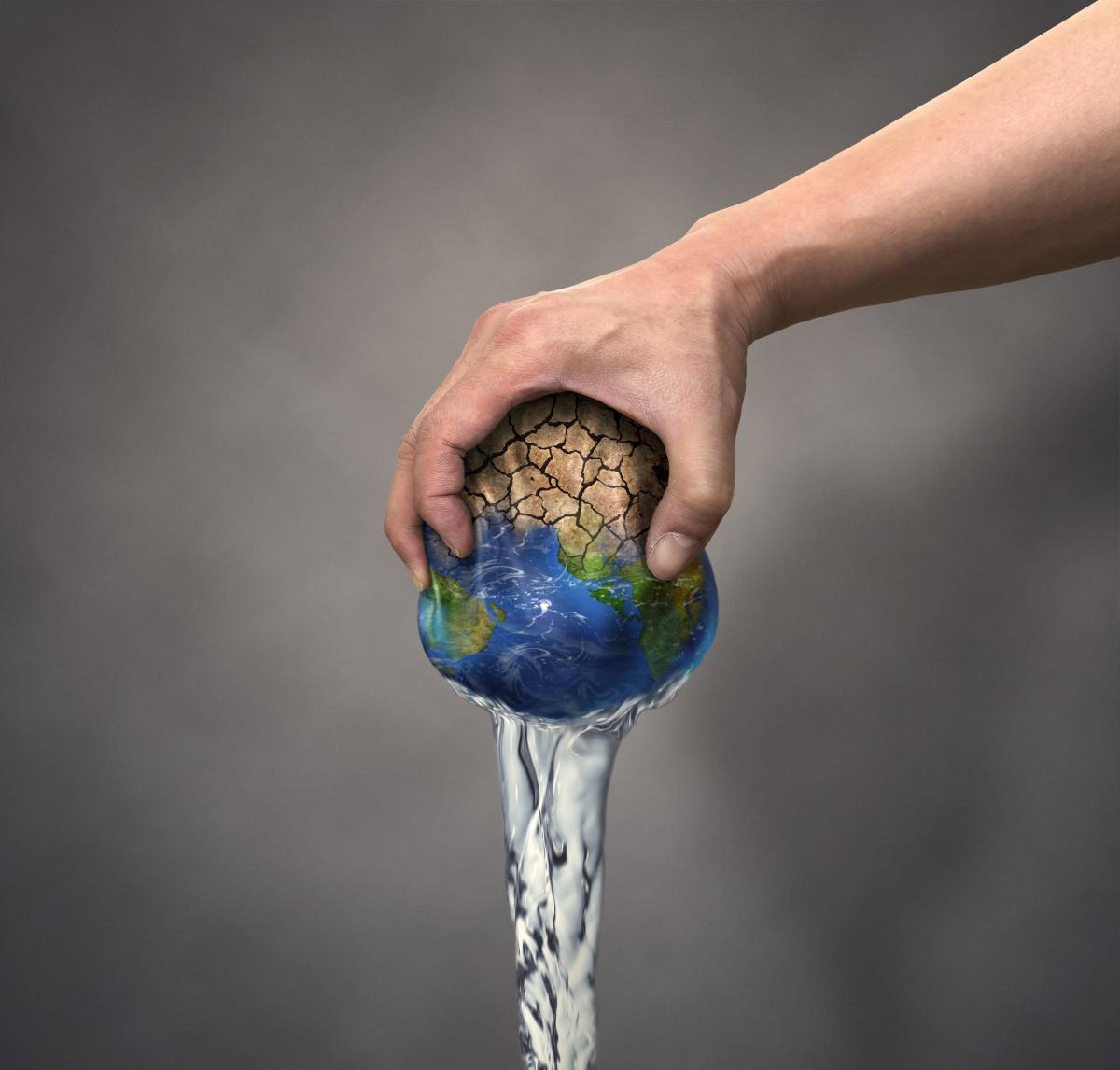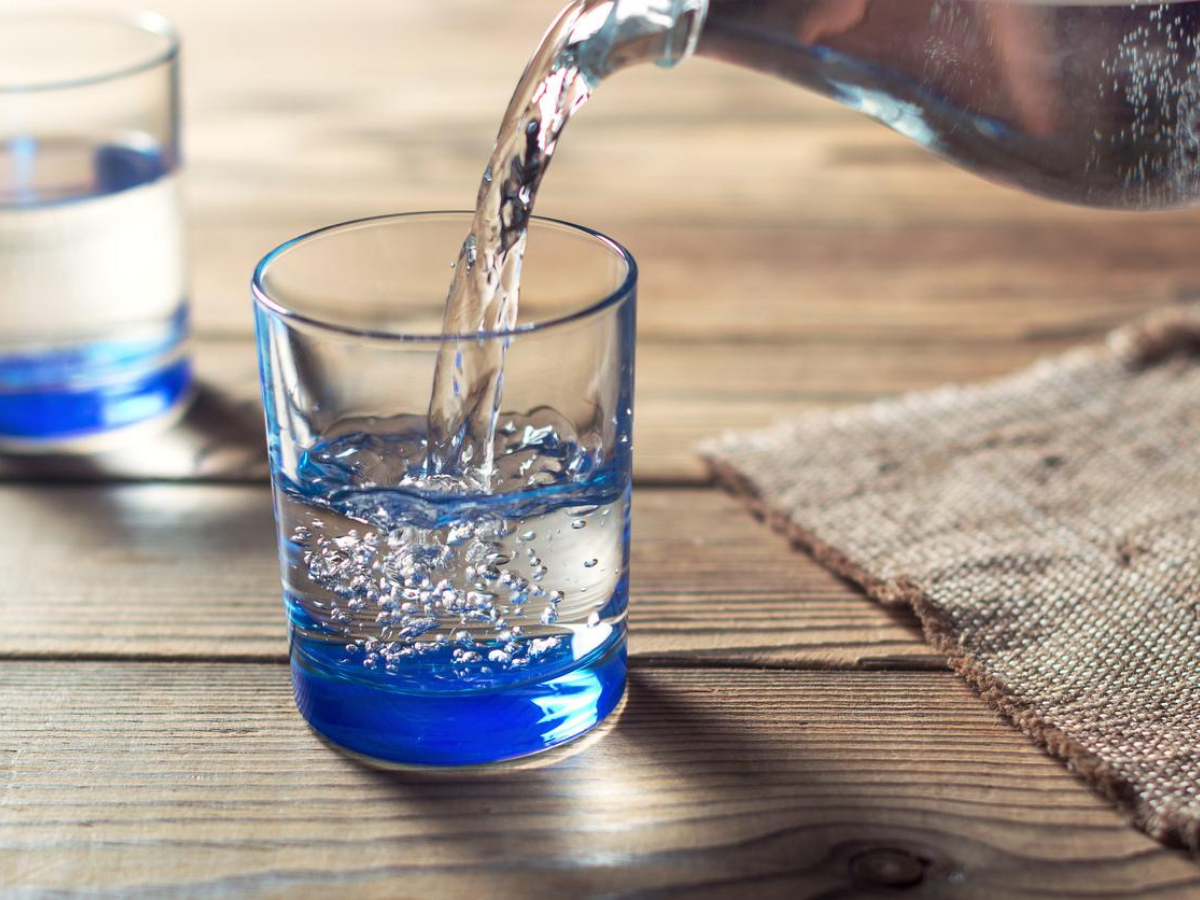Water conservation gets a ‘New Normal’ with smart technology and innovation

Water conservation gets a ‘New Normal’ with smart technology and innovation
For the production of food and energy, the preservation of human health and wellbeing, and the maintenance of healthy natural ecosystems, water is an unavoidable necessity for all living things. The UN Sustainable Development Goals (UNSDGs) are centred on the importance of water, which also supports other socioeconomic concerns, including the eradication of poverty, economic expansion, the right to an education, gender equality, and environmental stability.
The present population of over 8 billion people worldwide uses over 50% of the available and renewable water each year, according to Deloitte’s Water Tight 3.0 Report. The globe will experience a 40% deficit between predicted demand and accessible sources of water by 2050 as the population screams towards 9.7 billion people. The Asia Pacific area is home to the majority of the world’s population, which totals 4 billion people. By 2030, it is predicted that the population of this region alone will increase to 5 billion, further increasing the already immense demand for this finite natural resource.
Water Scarcity in the World: A Growing Challenge

Less than 0.3 per cent of the water in the globe is accessible for use by people and animals in the form of fresh surface water and groundwater, according to the Water Tight 3.0 Report. The inability of outdated infrastructure, rusted joints, and leaky pipes to hold running water is one of the leading causes of this depletion. In the US alone, fixing water main breaks costs over $2.6 billion each year. According to a new WHO/UNICEF report, by 2030, 1.6 billion people will lack access to clean drinking water, and 1.9 billion will lack even the most basic handwashing facilities. This is unless we guarantee that water and sanitation are available and managed sustainably for everyone.
India makes up about 18% of the world’s population and has over 1.3 billion inhabitants. India, on the other hand, is the nation that lacks access to the most water, with only 4% of the world’s water resources at its disposal. Nearly 600 million people in India are under significant water stress, according to the “Composite Water Management Index” assessment, which was released by NITI Aayog in June 2019. This is the biggest water crisis India has ever seen.
According to the research, with roughly 70% of its water being polluted, India is 120th out of 122 nations in terms of water quality. More than 12% of the population already lacks access to clean water inside or close to their houses, constituting a “Day Zero” situation.
If we look at the numbers, this is a problematic situation. Global attempts to save water have been intensified by the Covid-19 outbreak, which has added new obstacles. Water prices are anticipated to rise steadily due to increasing demand and limited supply. The cost of water for companies has already climbed by 10%, thanks to state governments in Gujarat and Madhya Pradesh.
The causes of problems like population growth, unclean water sources, and a scarcity of water are worldwide, yet local communities may solve these problems. Technology advancements in water planning and inventions for its conservation stay consistent despite the uncertainties surrounding water.
Technology: A potential answer to the world’s water problems

Making our water bright is as crucial as making our cities smart in light of the ongoing urbanization. Technology and innovation are essential in reducing shortages, inefficient water use, utility operations, monitoring, treatment, and data & analytics. Intelligent water management is made possible by innovative water systems that combine the Internet of Things, data analytics, and artificial intelligence.
According to the Water Tight 3.0 research, these solutions may reduce maintenance costs by up to 45 per cent while increasing operating savings by 10-15 per cent. To analyze the effects of technology integration with sustainable water projects, governments may work in collaboration with renowned universities or foreign donor organizations.
A lot of research is being done to develop strategies that enable the manufacturing sector to work more efficiently, such as altering the shape and design of items to save water and save the environment. In order to ensure sustainability, it is crucial to accept the changing role that water products play in people’s comfort, health, and lifestyles. For instance, advanced nations throughout the world are utilizing AI and innovative technology to get closer to sustainability objectives. To improve our clients’ experiences as well as establish a connection between good living and technology and design innovation is urgently needed.
In private homes, bathrooms with a toilet or urinal account for around two-thirds of water usage. Up to one-third of water, usage is flushed down the toilet. People might use up to 50% less water thanks to modern sanitation technologies like the dual flush system. Additionally, by finding leaks, reducing use, and boosting efficiency, smart technologies like AI and IoT can assist in resolving water issues. More than 65 per cent of water is saved using shower water-saving technology, which reduces consumption and increases convenience. It is essential to make investments in technology that saves energy and water.
Sustainability must become the “new normal” for both businesses and consumers.
Today, corporations and environmental groups are presenting clever solutions for a just ecology and a sustainable future. We are in charge of bringing sustainable products since customers are adopting sustainability as a lifestyle. Companies must be cautious of the usage of water, our most valuable natural resource while responding to changing customer demands and tastes. Gaining a consumer’s trust and convincing them of the brand’s actual existence—which is driven by purpose—is how businesses may earn their favour.
One of the critical factors in our industry’s continued growth is the pandemic, which has boosted sustainability. The difficulty lies in lowering water usage without sacrificing user experience. Today’s agile environment requires more than just creating a fantastic product or service. Education and encouragement on wise and sustainable water usage are equally crucial.
Customers identify ways to change the world, and they anticipate that the businesses they interact with most will do the same. Today’s consumers are very knowledgeable and base their decisions on their passions and ideas. The need for companies to not just express their purpose but to consistently act in accordance with that purpose in how they do business, respond to customer service requests, and interact with all stakeholders has never been greater.
For businesses to preserve and restore water, technological developments and revolutionary initiatives are acting as an elixir. Corporates must work together to address the worrying water situation. Innovations will increase water resilience and sustainability on a global scale; thus it is crucial to assume responsibility, promote the circular economy, and establish water conservation as the “new normal.”





